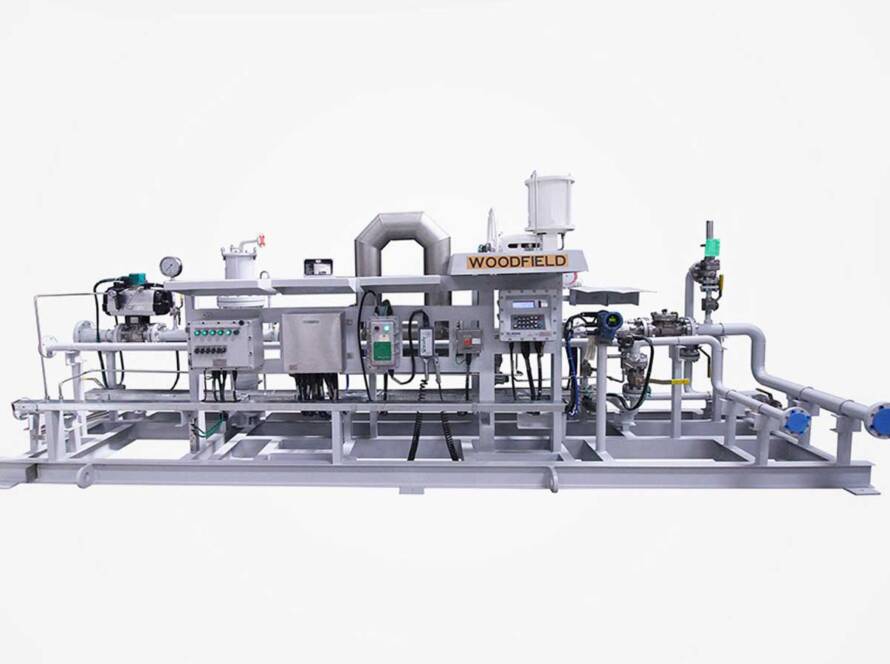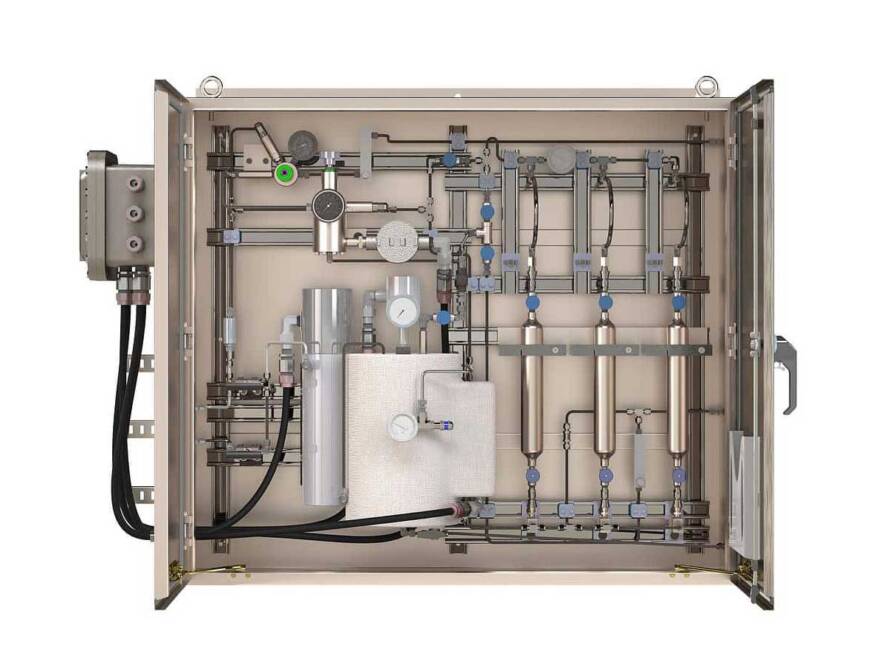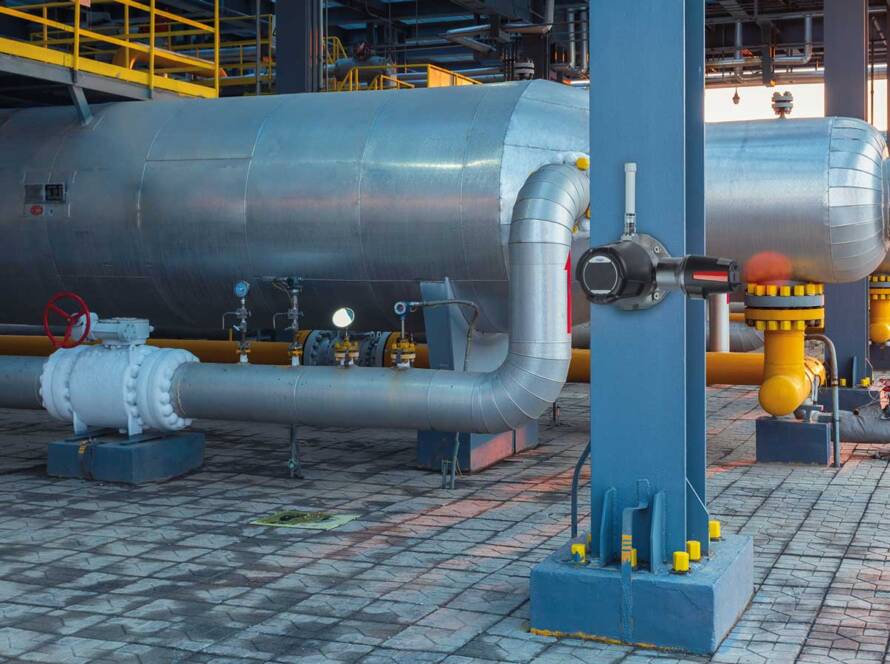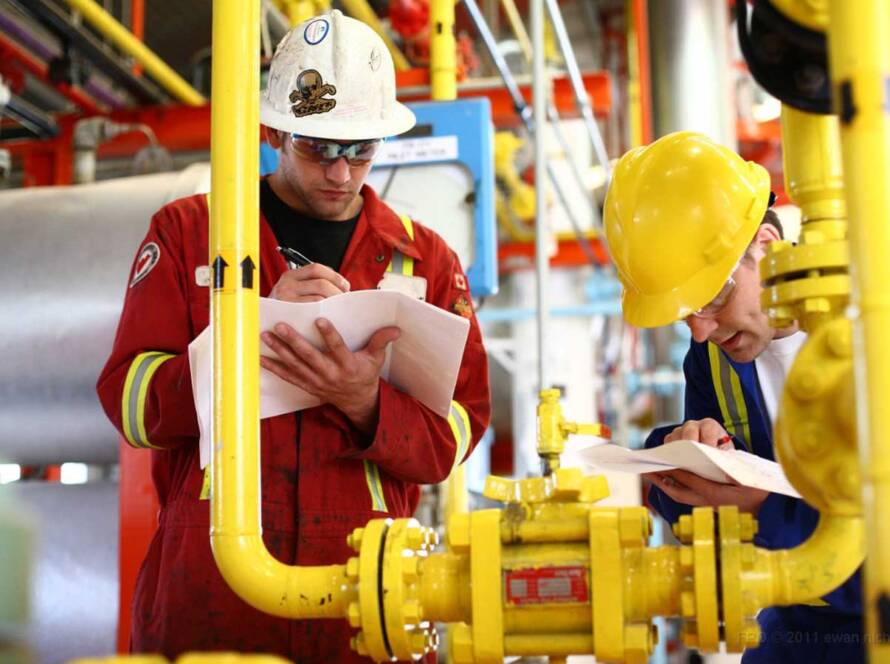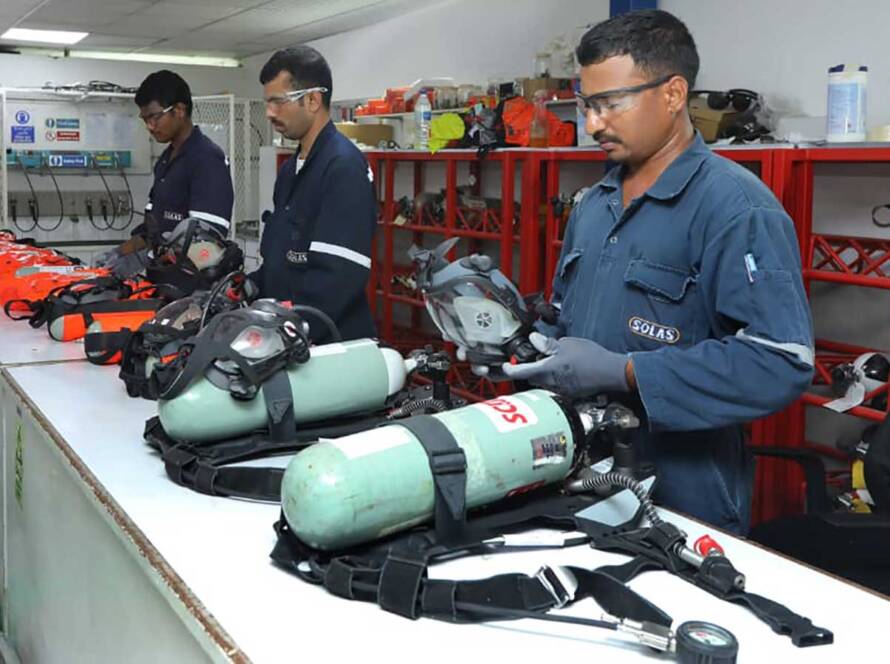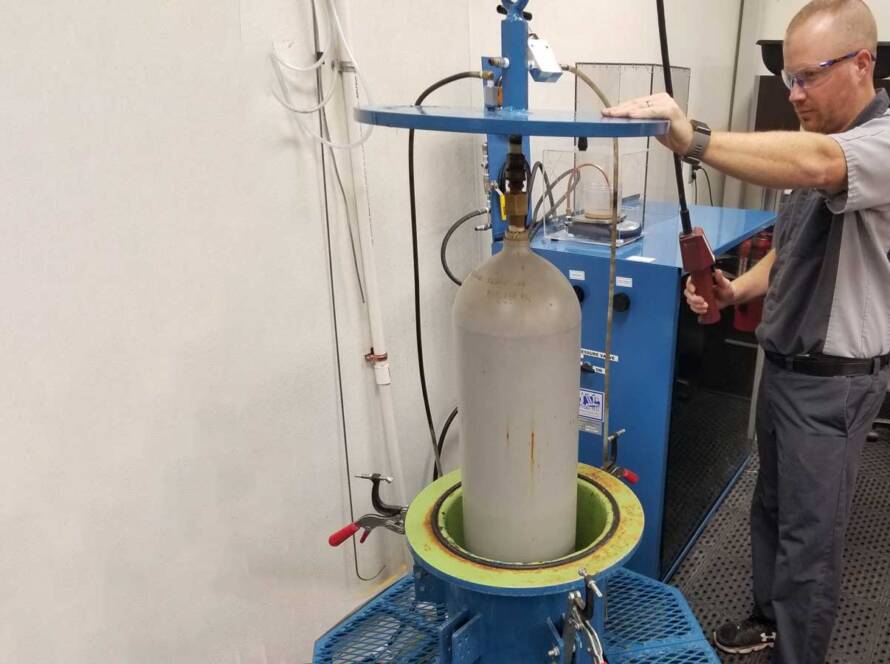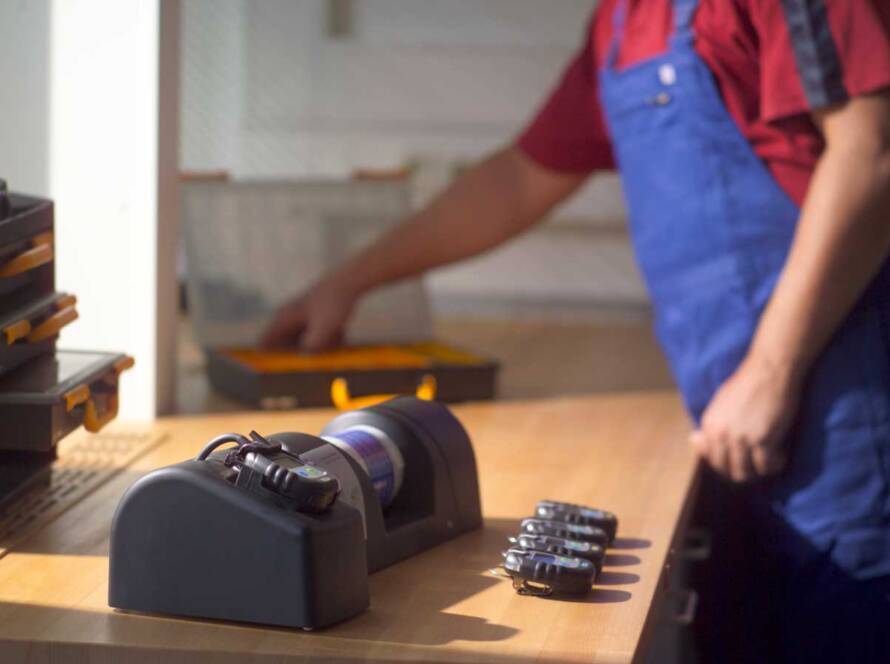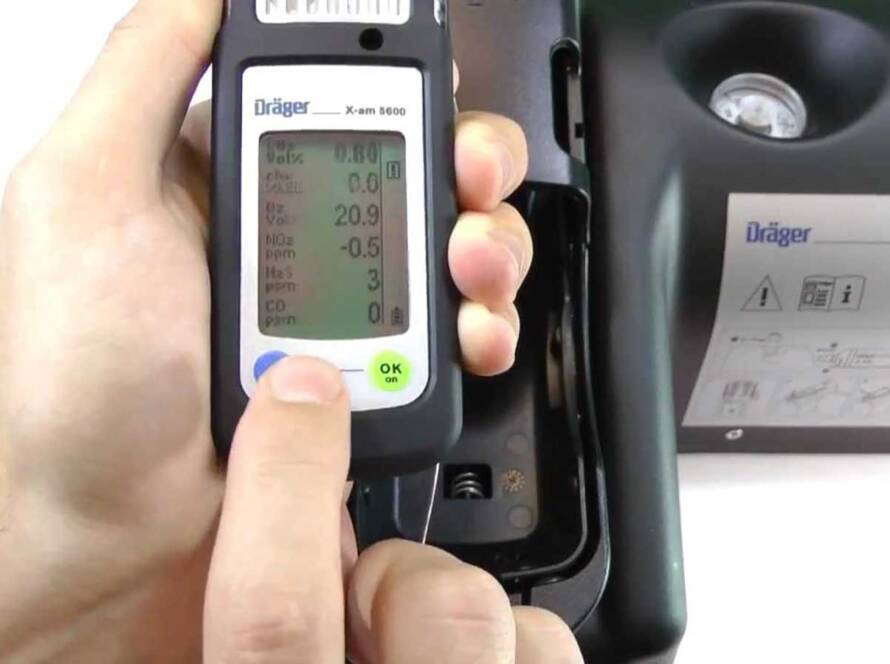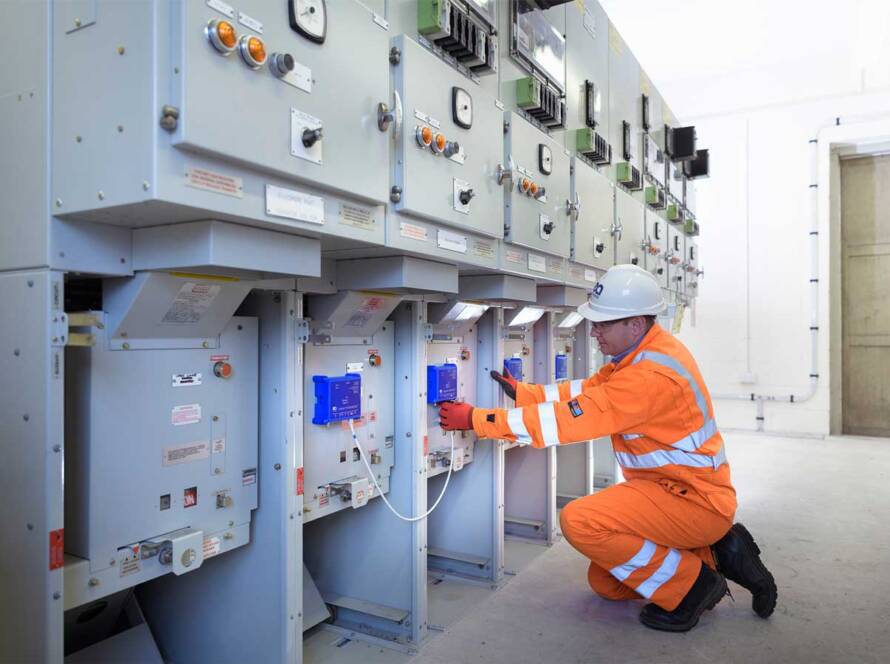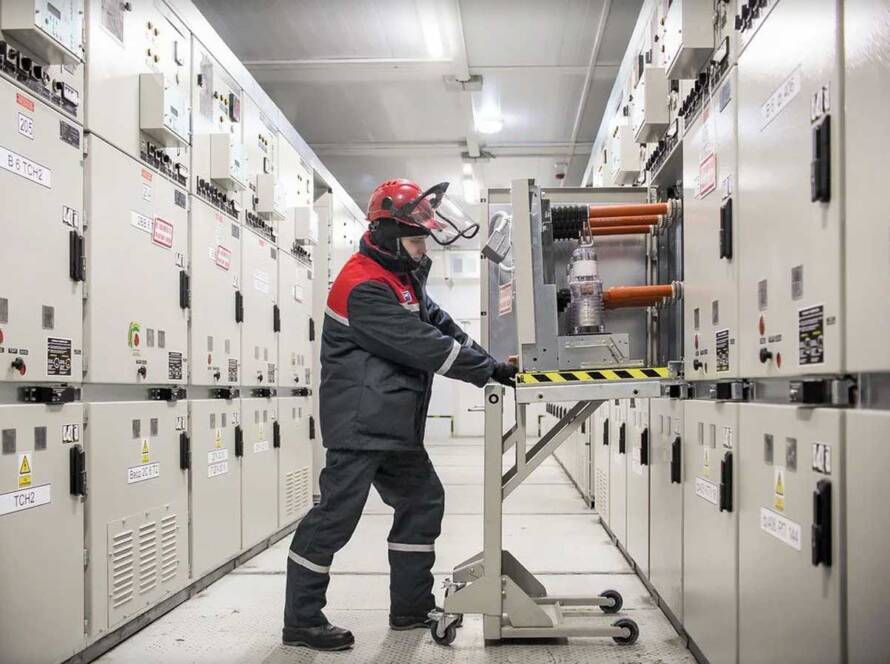Determining fluid levels in tanks is a prevalent need across various industrial processes. Efficient fluid control hinges on accurately gauging the stored liquid volume within a tank. This knowledge serves…
Programmable Logic Controllers (PLCs) are advanced digital computers tailored for managing manufacturing processes. Widely known as PLCs, these devices steer all inputs and outputs within a system. The controller collaborates…
Oil and gas metering, a pivotal stage within the hydrocarbon supply value chain, marks the transformation of exploration and production (E&P) endeavors into tangible gains for operators, investors, and pertinent…
A single or dual sensor system is meticulously engineered to oversee gas atmospheres even in extreme conditions, coping effortlessly with challenges like temperature, moisture, or pressure variations. Powered by a…
Pioneering an innovation in safety enhancement for both Onshore and Offshore Rig projects through cutting-edge wireless gas-detection technology. Our revolutionary collection of innovative, wireless, and perilous flammable gas detectors brings…
The land oil rigging industry is truly remarkable, showcasing impressive technological advancements. Various rigs, these structures operate in some of the toughest environments, facing challenges like extreme depths and limited…
Staying safe during firefighting is crucial, and that’s where SCBA equipment comes into play. SCBA stands for Self-Contained Breathing Apparatus, and it’s like a superhero’s mask that firefighters wear to…
Cylinder hydrotesting, also known as the hydrostatic stretch test, is a process used to test the strength and integrity of gas cylinders. It involves filling the cylinders with water and…
Calibration of fixed and portable gas detectors is a vital process that ensures the accuracy and reliability of these safety devices in detecting hazardous gases in the air. Calibration involves…
Calibration is like giving a test to check if a measurement device, like a alcometer, is telling the truth. To do this, we blow a known amount of gas into…
Your switchgear plays a crucial role in low, medium, and high-voltage electrical setups. Keeping your electrical system well-maintained is essential for seamless equipment operation. With proper attention, your switchgear and…
Imagine being the owner of a substation – the idea of a surprise power outage probably gives you sleepless nights. Your customers count on you for their important energy needs,…



